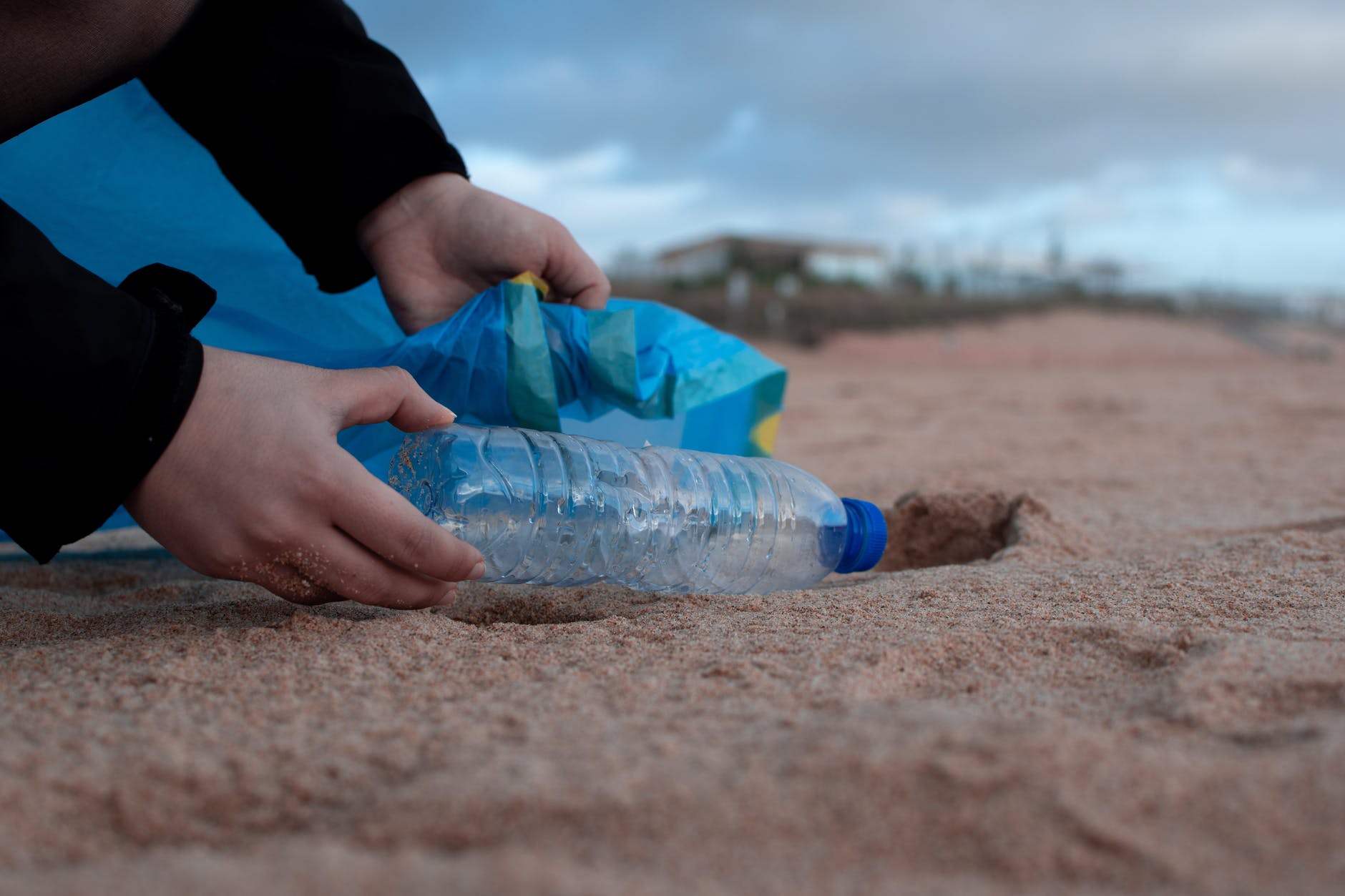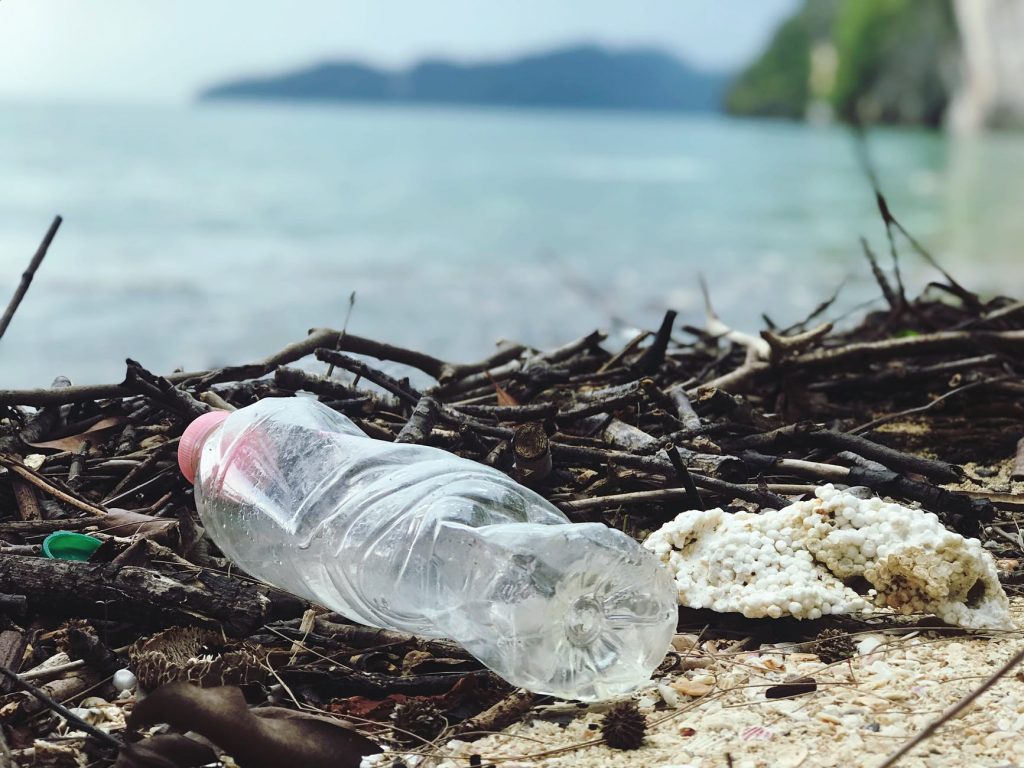Hazardous waste treatment or handling is indeed an important subject which has to be managed in such a way that the hazardous nature of those wastes can not induce environmental contamination, or threaten human health.
Hazardous waste, such as chemicals, solvents, batteries and medical waste are one of the most dangerous when not dealt with correctly. These strategies include identifying hazardous waste, storing it safely within the business or organization; transporting to a secure disposal plant and finally dispose that in an environmentally friendly way. The following are the general guidelines to manage hazardous waste:
Identification & Classification
Identification of hazardous waste The first stage in dealing with the dangerous powder is its identification and classification. This includes identifying what makes a material hazardous (characteristic, like toxicity or flammability). It is important to receive the appropriate classification of regulated waste, so that it can be managed properly in compliance with regulations.
The Resource Conservation and Recovery Act (RCRA) governs the federal guidelines in which one can identify hazardous waste as defined by United States Environmental Protection Agency. Identify the waste and classify as ignitable, corrosive, reactive or toxic. Proper labeling and documentation is vital to how that waste will be dealt with throughout the life of it.
Safe Storage
Hazmat waste has to be kept in safe storage and it should not leak, spill or cause any accidents that may risk the lives. Storage must be engineered such that potential spills can remain contained and only authorized personnel are able to access the space. All hazardous waste must be stored in containers that are compatible with the material, labeled as such, and maintained in good condition.
Also keep in mind that some waste materials simply can not be mixed or they will react unhappily together. Some of the most common examples include not storing acids and bases together, or keeping flammable materials away from ignition sources. Storage needs to be monitored on a regular basis, which involves looking for any potential hazards and ensuring it complies with the safety expectations.
Proper Transportation
The transportation of hazardous waste is room for strict measures across the board that help in preventing accidents and environmental contamination. Agencies such as the U.S. Department of Transportation (USDOT) and the International Maritime Organization (IMO) closely regulate hazardous waste transportation for shipments between countries.
The safety of transportation depends on the correct packaging method, labeling and filling out a transport document. The containers used for transporting hazardous waste are also required to be constructed so that they can survive the transportation process and securely retain their contents. Transporters are required to be familiar with the classes of dangerous goods that they transport, and have been trained on how to package and load them in a way as not to pose an undue risk if there is a release during transportation.
Licensed/Certified Hazardous Waste Transporters are those companies, businesses or organizations that have been officially certified and allowed to carry out the safe transportation of hazardous waste. Real-time tracking systems like the EPA e-Manifest system help provide visibility into hazardous waste shipments, holding stakeholders to tight standards of accountability and transparency.
Treatment Methods
Hazardous waste treatment, on the other hand, is referred to processes enabling “waste material” be changed in properties that make it less likely dangerous to people and surroundings or reduces their overall volume. The approach one takes, of course, depends on the waste at hand, but here are a few common treatment methods:
- Incineration: Incinerating hazardous waste is a method in which it burns at high temperature, reducing the volume and destroying harmful chemicals. Incineration is mainly used for organic wastes, including hazardous waste such as solvents or pesticide that are easy to burn out completely. To reduce the emission of gases from incineration plants sophisticated air pollution control systems must be added.
- Chemical Treatment: This treatment of hazardous waste is therefore adding one or more chemicals to a dangerous substance that reacts with the subsistence, such as acids or water and make the some materials neutralize in substances which has no identify as toxic. Such as when the death of acidic waste by alkaline substances. Any process treated liquid waste, which can consist of oxidation and reduction.
- Biological processes: In this method biological process takes place in living microorganisms that metabolise degraded hazardous compounds to form non toxic end products. Bioremediation is a type of biological treatment commonly used for organic contaminants such as oil spills and industrial solvents.
- Physical Treatment: Some waste materials may be physically treated by methods like filtration, sedimentation and solidification which help in separating or stabilizing hazardous components from the wastes before these are disposed of. Most common would be solidification, which combines waste with materials like cement in order to lock up pollutants.
Safe Disposal
Finally, hazardous wastes need to be disposed of safely so that the waste products are permanently contained and do not represent a further risk for human health or the environment. Various disposal methods are used depending on the waste type and how well it has been treated. Only use a reputable junk disposal company such as Dumpster Center Mesa.
Landfill disposal – Hazardous waste landfills are facilities specifically designed with containment systems to prevent the escape of hazardous wastes into surrounding soil and water. The disposal areas in these landfills are lined with clay and other impact-resistant barrier materials, along with a system of pipelines which intercept any liquids coming from the waste.
Deep-well injection – Hazardous waste is injected far under ground, into a layer of rock simply below aquifer levels. Liquid hazardous wastes are deep-welled and constantly monitored against seepage into convenient drinking water supplies.
Waste Exporting – In certain instances, the U.S. actually exports hazardous waste out of country to disposal facilities abroad that are designed to treat specific types of wastes. This is an internationally controlled process because of international treaties (for example, the Basel Convention) to ensure proper waste management and environmental standards are met.
Managing hazardous waste means taking a holistic approach that ensures the safety of you, your people and environment you work in – all while meeting stringent regulatory requirements. All aspects of the use, identification, storage and transport to treatment or disposal stage should be done in a manner that protects human health & environment by means account for economic considerations. Regulations change and advancements in technology arise – continuous education, training, and improvement are crucial to effective management of hazardous waste.




